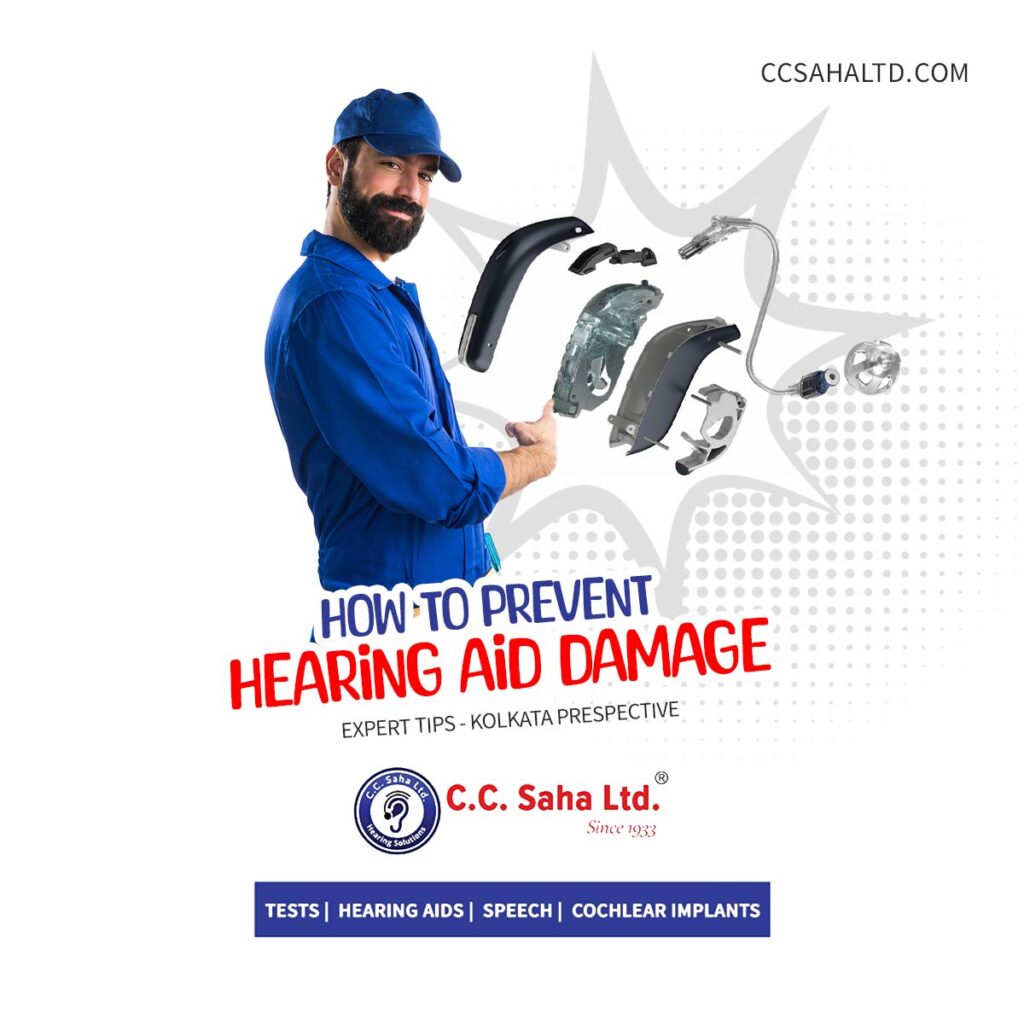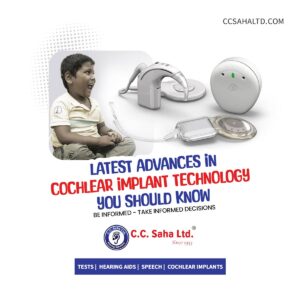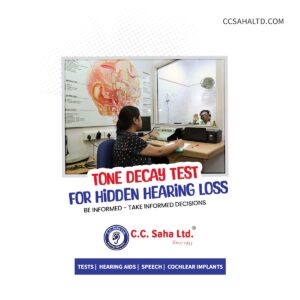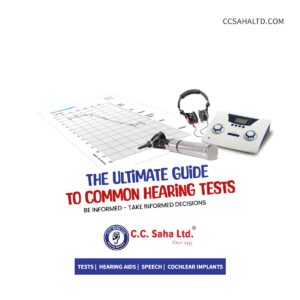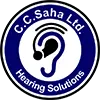Modern hearing aids, equipped with Bluetooth connectivity and rechargeable batteries, have revolutionized the hearing experience. These advanced devices allow seamless streaming of calls, music, and TV audio, as well as eco-friendly battery options that eliminate the need for frequent replacements. However, their sophistication comes with a trade-off: these devices are highly sensitive to mishandling, environmental factors, and lack of maintenance.
Without proper care, modern hearing aids can face issues like moisture damage, connectivity problems, or battery malfunctions, resulting in costly repairs or even device replacements. Considering that high-quality hearing aids can range from ₹50,000 to ₹3,00,000 or more, improper handling not only risks your hearing health but also your wallet.
Neglecting routine care can lead to a cascade of issues:
Frequent Repairs: Moisture, dirt, or physical impact can damage sensitive components like microphones, receivers, and Bluetooth chips. Each repair can cost anywhere from ₹2,000 to ₹10,000 depending on the damage.
Battery Replacement Costs: Misusing rechargeable batteries or chargers can significantly reduce battery life. Replacing batteries in high-end rechargeable models can cost upwards of ₹5,000.
Connectivity Problems: Bluetooth functionality relies on delicate software and hardware integration. Regular updates and maintenance can prevent expensive troubleshooting visits, which often cost ₹1,000–₹3,000 per session.
Shortened Device Lifespan: A poorly maintained hearing aid may need replacement years earlier than expected, adding more to your expenses.
On the other hand, simple maintenance practices—like cleaning the device daily, storing it safely, and scheduling professional check-ups—can save you thousands annually by preventing unnecessary repairs and extending your hearing aid’s lifespan.
The True Cost of Neglecting Hearing Aid Maintenance
Imagine your hearing aid breaking down just before an important meeting or a family celebration. Beyond the financial implications, there’s the stress of being disconnected from the world around you. At CC Saha Clinics, we frequently meet users who regret not taking preventive steps earlier.
Both traditional and modern hearing aids face similar risks, but the impact can be more pronounced in today’s advanced devices due to their delicate electronic components and software reliance. Below, we’ll explore these causes in detail, how they affect your hearing aids, and how they can be resolved—both at home and professionally at CC Saha Clinics.
1. Moisture
What Happens?
- Moisture from perspiration, humidity, or accidental water exposure can seep into the device, corroding internal circuits or damaging sensitive microphones and receivers.
- In Kolkata’s humid climate, the risk of moisture damage is particularly high.
How to Solve this at Home:
- Wipe your hearing aids daily with a soft, dry cloth, especially after exposure to sweat or damp environments.
- Use a hearing aid dehumidifier or drying kit at night to remove residual moisture.
- Avoid wearing hearing aids during rain or high-humidity activities like cooking or exercising without protective covers.
Professional Solution at CC Saha Clinics:
- We provide advanced moisture removal services using specialized tools to restore functionality to water-damaged devices.
- For severe damage, our technicians can replace affected components at an affordable cost compared to complete device replacement.
- Preventive care sessions include guidance on protecting your hearing aids from Kolkata’s weather conditions.
2. Physical Impact
What Happens?
- Dropping your hearing aids on hard surfaces can crack the casing or damage internal components, leading to sound distortion or total device failure.
How to Solve this at Home:
- Always handle your hearing aids over soft surfaces like a bed or table covered with a cloth to cushion accidental falls.
- Use carrying cases when transporting hearing aids to prevent accidental drops.
Professional Solution at CC Saha Clinics:
- Our clinics are equipped to handle physical repairs, including casing replacements and reassembling dislodged components.
- We also offer custom-fit protective cases to reduce the risk of future damage.
3. Dirt and Earwax
What Happens?
- Earwax and dirt can clog the microphones, receivers, and tubing, reducing sound quality or completely blocking sound transmission.
How to Solve this at Home:
- Clean your hearing aids daily using the tools provided in your care kit, like a wax loop or soft brush.
- Avoid inserting objects like needles or pins into the hearing aids to clear blockages, as this can cause damage.
- Replace wax filters regularly, as instructed by your audiologist.
Professional Solution at CC Saha Clinics:
- Our technicians provide deep cleaning services using specialized equipment that safely removes stubborn earwax and debris.
- Wax filter replacement and tubing cleaning are done during regular maintenance check-ups.
4. Battery Mishandling
What Happens?
- Using incompatible chargers, overcharging, or leaving rechargeable batteries unused for extended periods can shorten battery life or damage circuits.
- In traditional models, improper handling of disposable batteries can lead to corrosion or acid leakage.
How to Solve this at Home:
- Use only the charger or batteries recommended by the manufacturer.
- Avoid overcharging rechargeable batteries—disconnect them once fully charged.
- For traditional models, remove the batteries when the hearing aids are not in use to prevent leakage.
Professional Solution at CC Saha Clinics:
- We provide battery testing services to assess the health of rechargeable batteries and recommend replacements if needed.
- For disposable battery users, our clinics stock high-quality, compatible batteries to ensure safety and longevity.
5. Software Issues
What Happens?
- Bluetooth-enabled devices can face connectivity problems due to outdated firmware, incorrect pairing settings, or interference from other devices.
- Software glitches can cause delays, sound distortion, or complete connectivity loss.
How to Solve this at Home:
- Regularly update the firmware of your hearing aids using the manufacturer’s app or software.
- Ensure the paired devices, like your smartphone, are updated and within the recommended range (usually 10 meters).
- Avoid pairing your hearing aids with multiple devices simultaneously to reduce connectivity issues.
Professional Solution at CC Saha Clinics:
- Our audiologists perform Bluetooth diagnostics and software updates, ensuring your hearing aids have the latest features and optimal functionality.
- We also provide training on how to use apps and troubleshoot common Bluetooth problems.
Expert Tips to Prevent Hearing Aid Damage
1. Keep Your Hearing Aids Moisture-Free
Bluetooth Devices: Moisture can damage Bluetooth circuits. Use hearing aid dehumidifiers, especially in humid cities like Kolkata.
Avoid exposure to water and perspiration. For workouts, use sweatbands or moisture-resistant covers.
2. Handle with Care
Always hold hearing aids with clean, dry hands, especially when inserting or removing them.
Place them on soft surfaces during cleaning to prevent accidental drops.
- Clean Modern Features Thoughtfully
For Bluetooth devices, ensure microphone ports and receivers are free from dust and earwax. Use a soft, dry cloth and recommended cleaning tools.
For rechargeable hearing aids, wipe the charging contacts regularly to avoid dirt build-up that could hinder charging.
4. Maintain Rechargeable Batteries
Charge your hearing aids overnight or as advised by your audiologist. Avoid overcharging, which can affect battery longevity.
Use only the original charger provided with your device. Generic chargers can overheat or damage batteries.
If you won’t use your hearing aids for a while, store them at 40–50% charge to preserve battery health.
5. Safeguard Bluetooth Connectivity
Keep your smartphone or paired device within the recommended range for Bluetooth to function effectively.
Avoid pairing your hearing aids with multiple devices simultaneously, as it may cause connectivity issues.
Update your hearing aid firmware regularly through the app provided by the manufacturer.
6. Regular Professional Check-Ups
Schedule routine maintenance at CC Saha Clinics to check for software updates, hardware functionality, and professional cleanings.
Our Prince Anwar Shah Road Brilliant Sound Galaxy, the only one in Eastern India, offers state-of-the-art diagnostics and care for advanced hearing aids.


